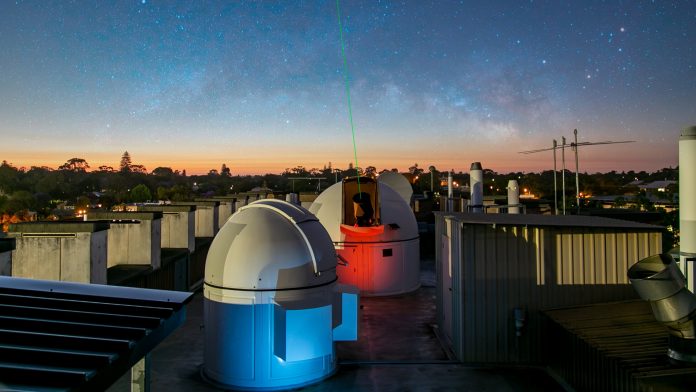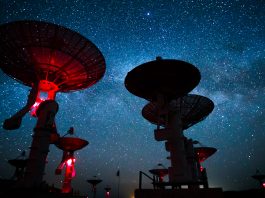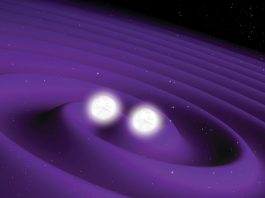Scientists from the International Centre for Radio Astronomy Research (ICRAR) and the University of Western Australia (UWA) have set a world record for the most stable transmission of a laser signal through the atmosphere.
In a study published in the journal Nature Communications, Australian physicists collaborated with researchers from the French National Centre for Space Studies (CNES) and the French metrology lab Systèmes de Référence Temps-Espace (SYRTE) at Paris Observatory. The team set the world record for the most stable laser transmission by combining the Australian’s phase stabilisation technology with advanced self-guiding optical terminals. Together, these technologies allowed laser signals to be sent from one point to another without interference from the atmosphere.
Lead author Benjamin Dix-Matthews, a PhD student at ICRAR and UWA, said the technique effectively eliminates atmospheric turbulence. Dix-Matthews added: “We can correct for atmospheric turbulence in 3D, that is, left-right, up-down and, critically, along the line of flight. It is as if the moving atmosphere has been removed and does not exist. It allows us to send highly stable laser signals through the atmosphere while retaining the quality of the original signal.”
The technology’s precise measurements also have practical uses in earth science and geophysics. For instance, this technology could improve satellite-based studies of how the water table changes over time, or to look for ore deposits underground.
ICRAR-UWA senior researcher Dr Sascha Schediwy said: “If you have one of these optical terminals on the ground and another on a satellite in space, then you can start to explore fundamental physics. Everything from testing Einstein’s theory of general relativity more precisely than ever before, to discovering if fundamental physical constants change over time.”
The phase stabilisation technology behind the record-breaking link was originally developed to synchronise incoming signals for the Square Kilometer Array telescope. The multi-billion-dollar telescope is set to be built in Western Australia and South Africa with work starting 2021.









